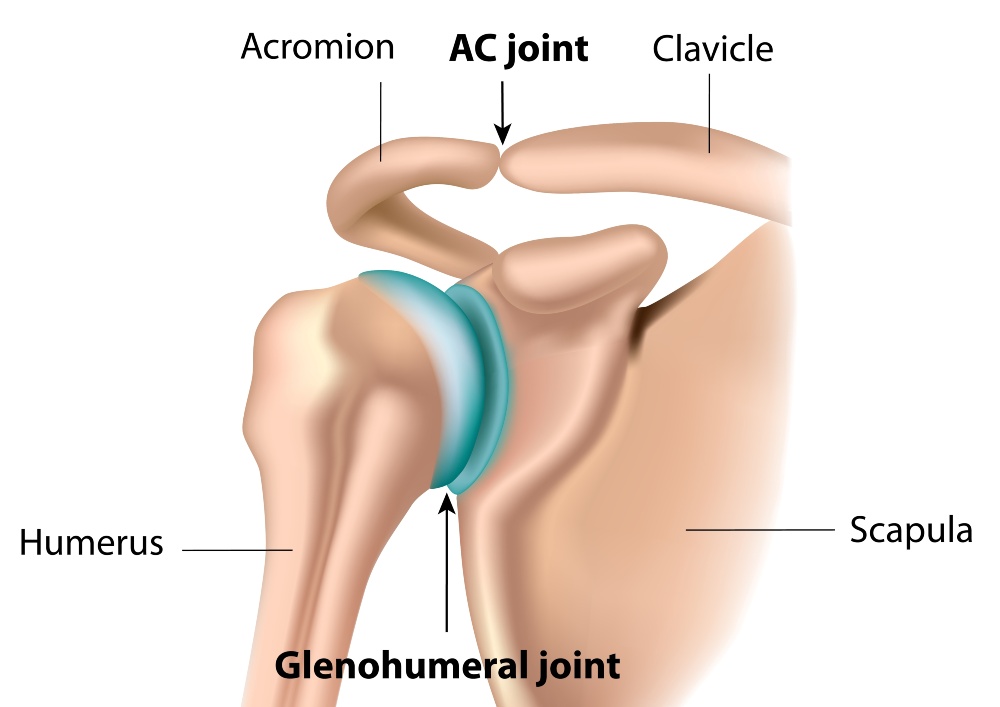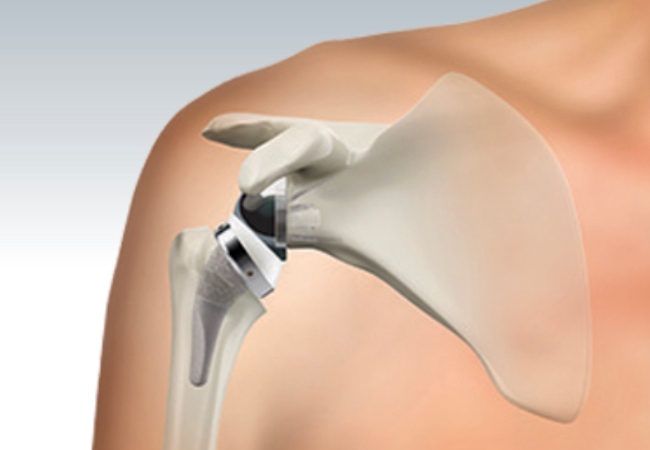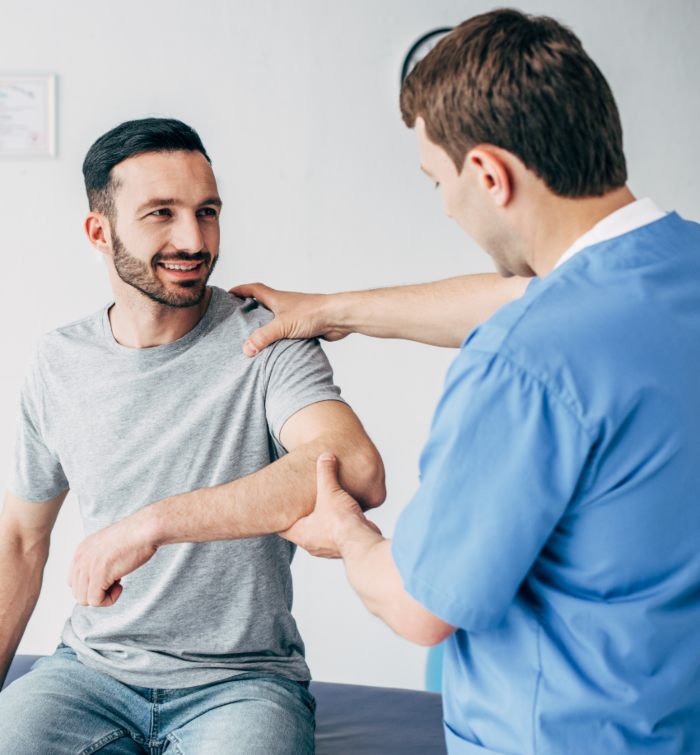SHOULDER JOINT REPLACEMENT SURGERY MELBOURNE
SHOULDER ANATOMY
What are the bones the make up your shoulder?
The shoulder is a ball-and-socket joint.
The ball, or head, of your upper arm bone (humerus) fits into a shallow socket in your shoulder blade.
The socket is called the glenoid joint.
Your shoulder is made up of three bones:
1) Upper arm bone (humerus)
2) Shoulder blade (scapula)
3) Collarbone (clavicle).
Shoulder Anatomy

SHOULDER JOINT REPLACEMENT
During shoulder replacement surgery, the damaged parts of the shoulder joint are removed and replaced with artificial (plastic and metal) components, called a prosthesis.
The most common treatment options are either replacement of just the head of the humerus bone (ball), or replacement of both the ball and the socket (glenoid).
Having a shoulder joint replacement is a major surgery that will most likely keep you in the hospital for two or more days.
You will need at least 4-6 months of physical therapy afterward to regain strength and movement.

POTENTIAL COMPLICATIONS
The surgery complications which may occur after a shoulder joint replacement include:
- Shoulder pain
- Shoulder swelling
- Shoulder stiffness and restricted movement
- Infection
- Numbness or tingling around the shoulder.
Dr Pullen will discuss with you in detail the potential complications and risks in relation to the surgery.
Proud member of Royal Australasian College of Surgeons and Australian Orthopaedic Association.


Shoulder Joint Replacement Surgery Melbourne
Dr Pullen treats patients from all over Australia in relation to shoulder injuries. He consults with patients at the following practice locations in Victoria, Melbourne including St Vincent’s Private East Melbourne and Ringwood Private Hospital, Ringwood East.


